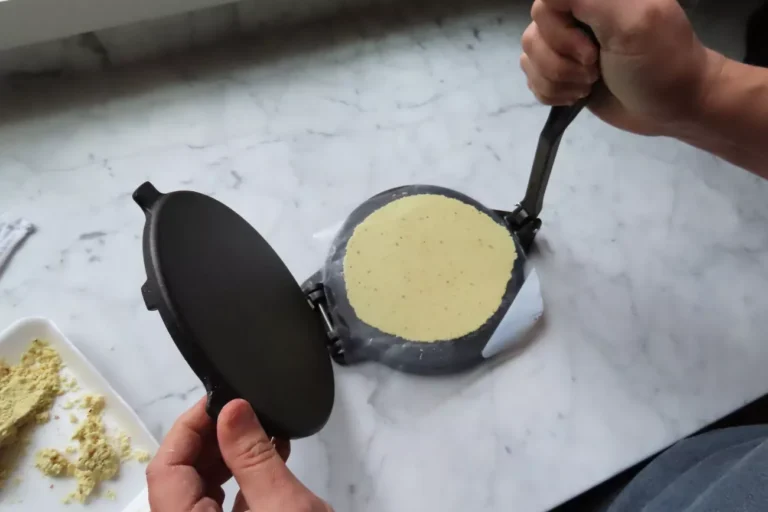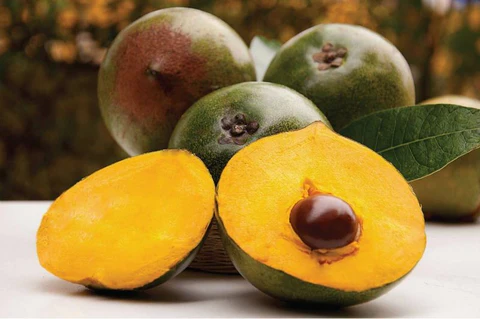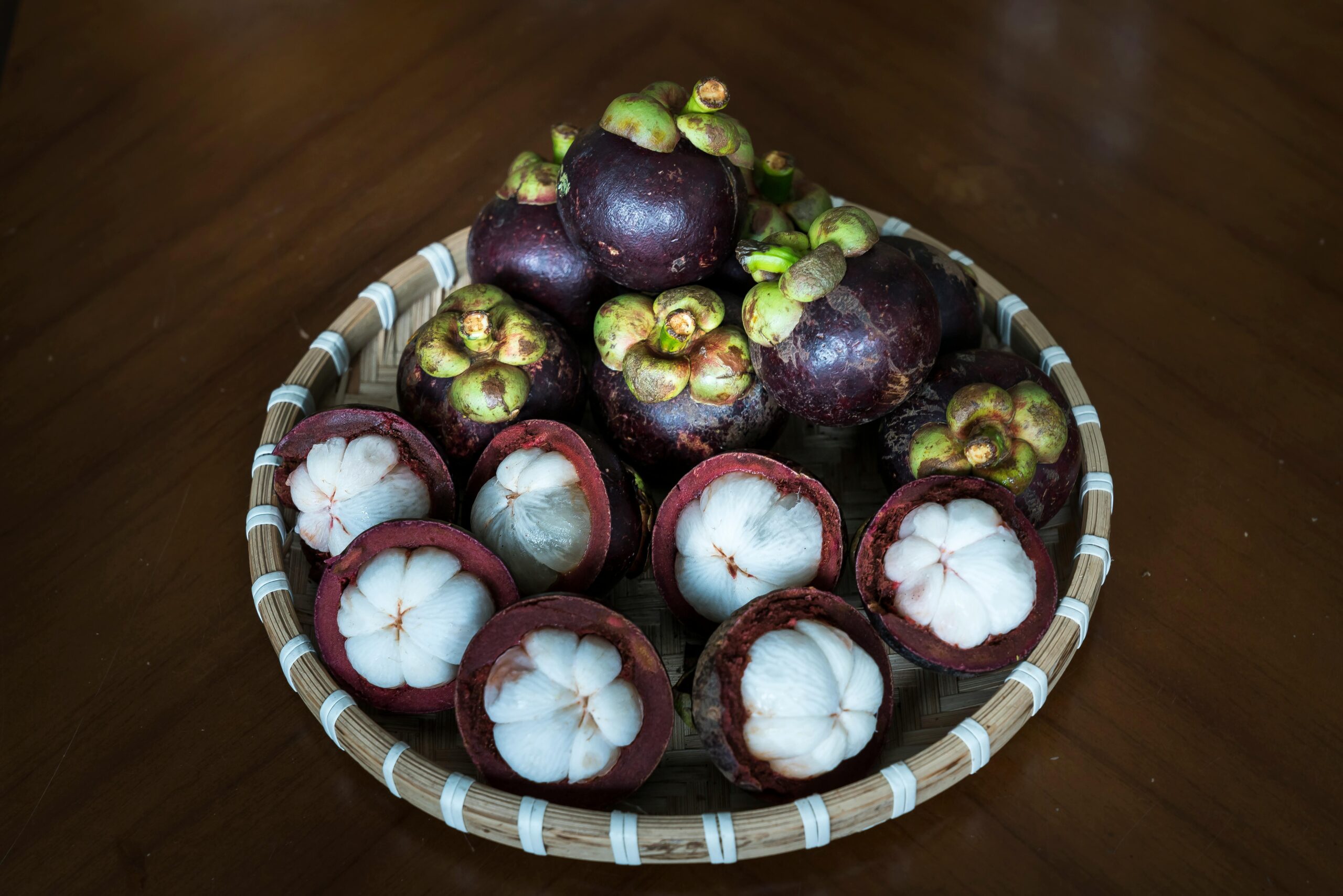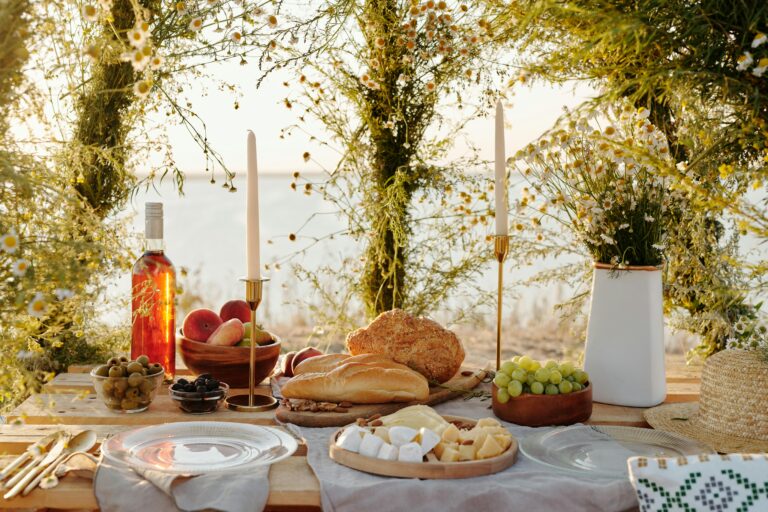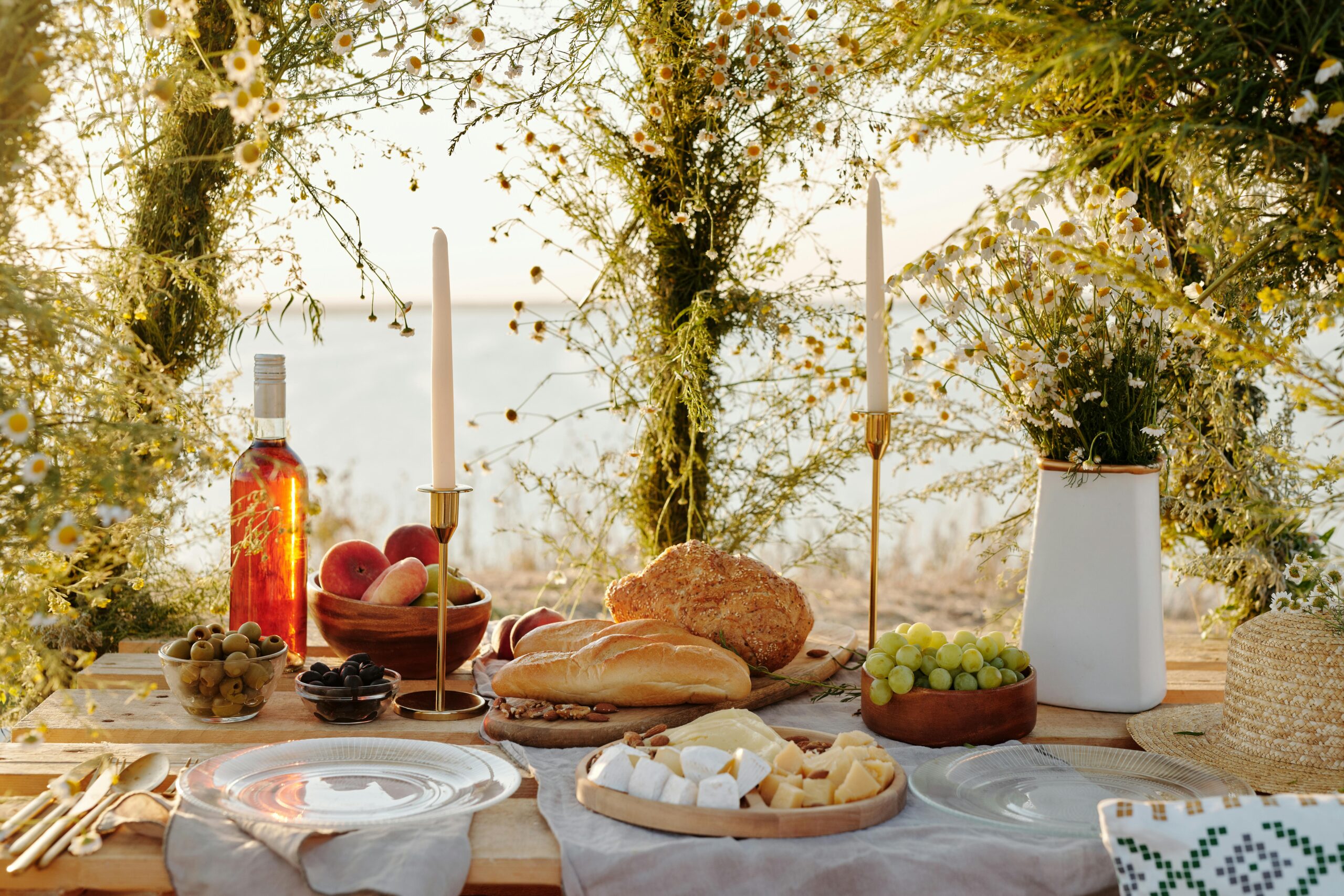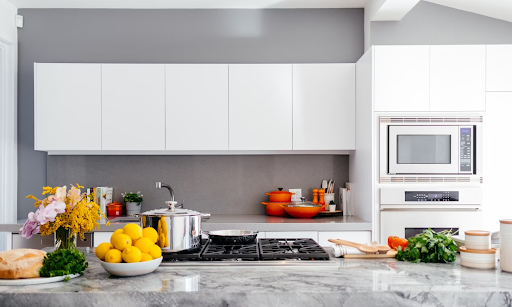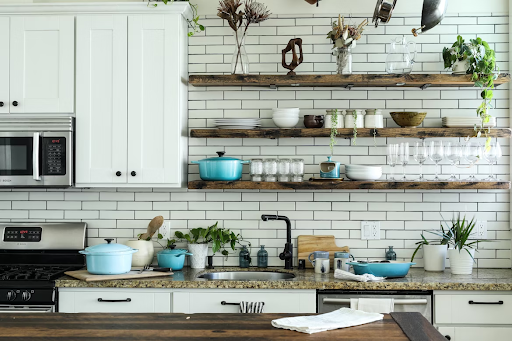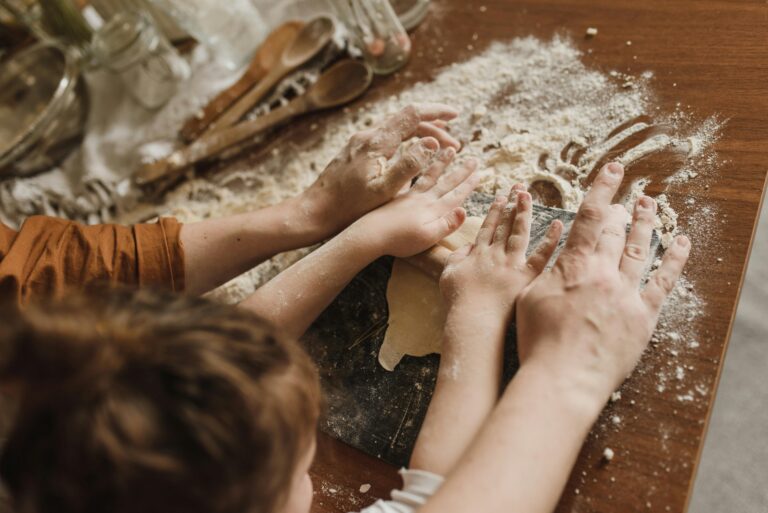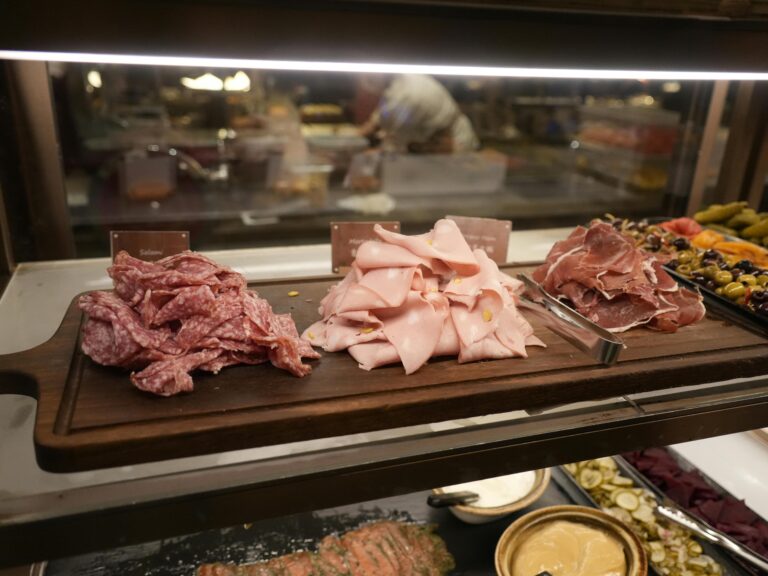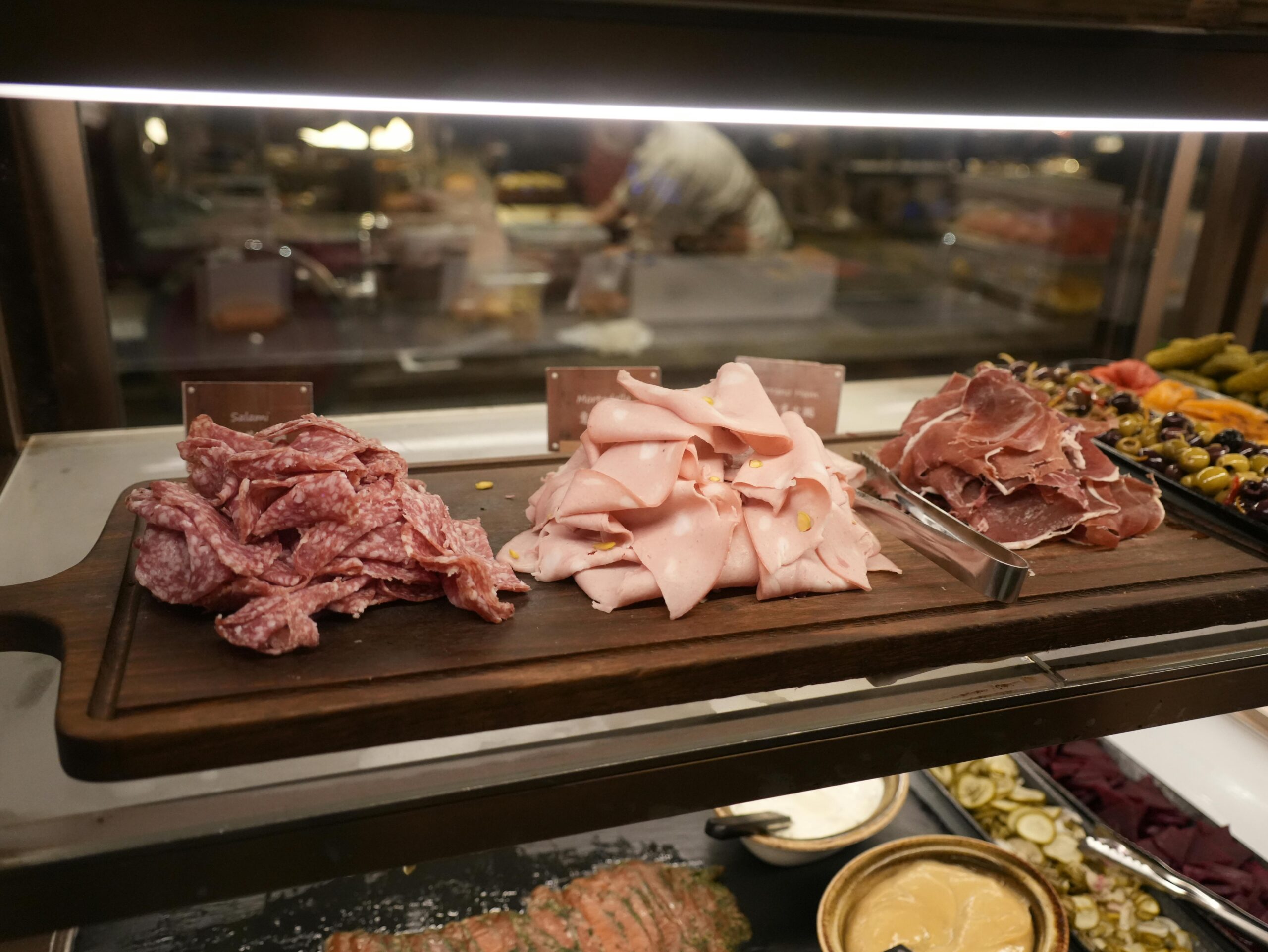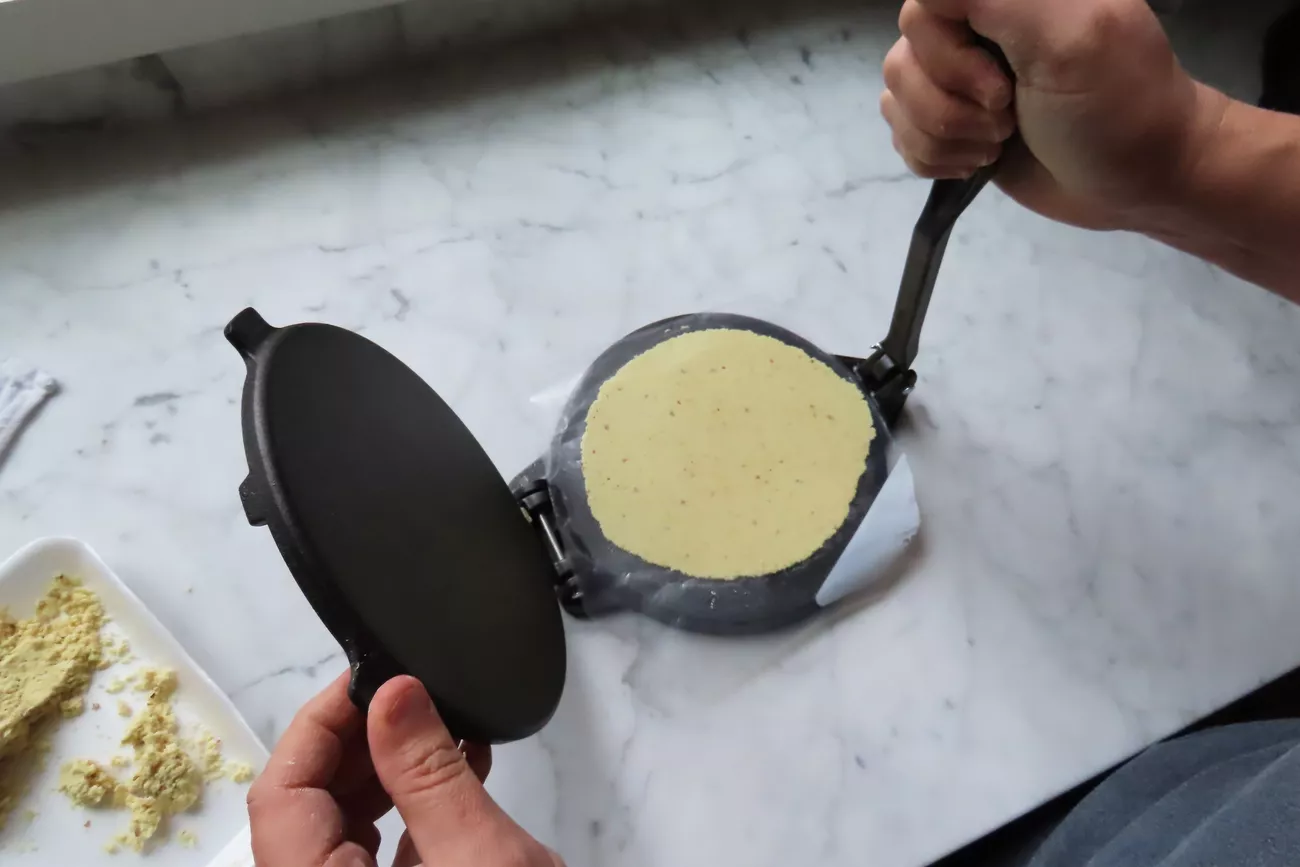
When it comes to creating authentic Mexican tortillas, having the right tools can make all the difference. A cast iron tortilla press is a staple in many Mexican kitchens, offering an authentic touch to traditional recipes. Unlike other types of tortilla presses, like those made from wood or aluminum, the cast iron variety provides outstanding durability and even pressing, ensuring perfect, uniformly thin tortillas every time.
There are several benefits of using a cast iron tortilla press, especially those made in Mexico. They are known for their robustness and are often considered the gold standard in achieving restaurant-quality tortillas at home. Additionally, they offer a connection to cultural heritage that’s hard to replicate with modern alternatives.
In this article, we aim to guide you on effectively using a cast iron tortilla press to create delicious and authentic Mexican tortillas. Our journey will explore its advantages, usage tips, and maintenance advice. We’ll even look at serving suggestions with your freshly made tortillas.
Benefits of Using a Cast Iron Mexican Tortilla Press
The cast iron tortilla press is a key player in achieving the authentic taste and texture of Mexican cuisine. Originating from Mexico, this practical kitchen gadget offers several advantages:
- Cultural Authenticity: A cast iron press preserves the traditional methods used in Mexican cooking. It’s rooted in history, adding authenticity to your tortillas.
- Ease of Use: The heft of the cast iron provides leverage, making it easier to press even, round tortillas with minimal effort. Its simplicity makes the pressing process straightforward and quick.
- Durability and Longevity: Cast iron is known for its toughness. A well-maintained tortilla press can last a lifetime, making it a worthwhile investment for any kitchen.
- Even Pressing: The weight of the cast iron ensures the tortillas are evenly pressed, which is crucial for consistent cooking.
- Efficiency: Using a press developed in Mexico means it’s designed for maximum efficiency in tortilla making, benefiting from decades of refinement.
These benefits highlight why a cast iron tortilla press is a smart choice for anyone serious about great-tasting homemade tortillas.
Step-by-Step Guide to Using a Cast Iron Tortilla Press
Making tortillas with a cast iron tortilla press is a rewarding experience. Here’s how to get the best results:
- Prepare the Dough: Use masa harina with water to make dough. It should be soft and pliable, not sticky. Let the dough rest for about 30 minutes to enhance texture.
- Position the Dough: Place a sheet of plastic wrap or parchment paper on the bottom plate of the press. This prevents sticking. Roll a golf ball-sized piece of dough and place it in the center.
- Preheat the Press: Before pressing, preheat the press slightly on a stovetop to ensure that tortillas cook evenly. Just a minute on low heat is enough.
- Press the Tortilla: Lower the top plate of the press and apply steady pressure. This presses the dough into a flat, round tortilla. Lift the plate and carefully peel the paper away.
- Cook the Tortilla: Preheat a skillet or griddle over medium heat. Cook the tortilla for about 30 seconds on each side. It should form light brown spots and puff slightly.
- Keep Tortillas Warm: Place cooked tortillas in a clean towel to keep them warm and pliable until serving.
These steps will help you create perfect tortillas with your cast iron Mexican tortilla press. Using high-quality tools ensures that your home-cooked meals offer a truly authentic taste of Mexico.
Caring for Your Cast Iron Tortilla Press Made in Mexico
Proper care and maintenance of your cast iron tortilla press will not only extend its life but also preserve its effectiveness. Here’s how to care for it:
- Cleaning:
- After each use, wipe down the tortilla press with a damp cloth to remove dough remnants.
- If deeper cleaning is required, use a mild soap with warm water. Be sure not to completely submerge the press in water as this may lead to rusting.
- Seasoning:
- Regularly rub a thin layer of cooking oil over the cast iron to maintain its non-stick surface.
- Heat the press slightly after applying the oil to help it absorb, then let it cool before storage.
- Storing:
- Store in a dry place to prevent moisture build-up and rust. It’s best to keep the press in a cool, well-ventilated area.
These simple care tips will not only preserve the cultural authenticity of your tortilla press made in Mexico but will also ensure that it stays in top condition for making perfect tortillas for years to come.
Serving Suggestions for Freshly Made Tortillas
Once you’ve mastered using your cast iron tortilla press, it’s time to explore delicious serving options. Freshly made tortillas offer endless culinary possibilities, enhancing both traditional and modern dishes. Here are some mouth-watering ideas to try with your homemade tortillas:
- Tacos: Fill your tortillas with your choice of meats like grilled chicken, beef, or pork, topped with fresh salsa, guacamole, and cilantro.
- Quesadillas: Place cheese between two tortillas and grill until melted. Add ingredients like mushrooms, spinach, or sliced jalapeños for extra flavor.
- Enchiladas: Roll your tortillas around a filling of meat or beans, cover with sauce, and bake until bubbly. Try a red or green chili sauce for different tastes.
- Tostadas: Fry the tortillas until crispy, then top with refried beans, lettuce, cheese, and your favorite salsa.
- Wrap Sandwiches: Use tortillas as a wrap for your choice of grilled vegetables, hummus, or deli meats for a fresh, healthy lunch.
Why Invest in a Quality Cast Iron Tortilla Press
Investing in a high-quality cast iron tortilla press can significantly enhance your culinary experience. Here’s why it’s worth the investment:
- Authentic Taste: A Mexican tortilla press helps you create tortillas with a traditional flavor and texture, adding authenticity to your meals.
- Cultural Connection: Cooking with tools rooted in Mexican heritage can deepen your appreciation for the culture and enhance your cooking experience.
- Flavor Enhancement: Homemade tortillas often taste better than store-bought ones, providing a fresher, more robust flavor that elevates any dish.
Consider purchasing a cast iron tortilla press from Verve Culture to explore these benefits.
Embrace the richness of Mexican cuisine by incorporating these fresh tortillas into your meals, and enjoy the authentic taste and cultural tradition with every bite.
